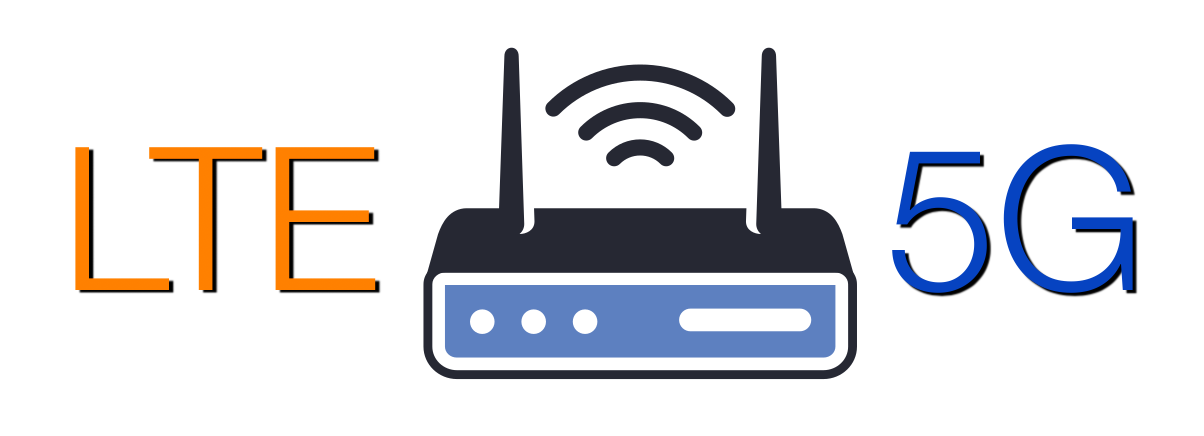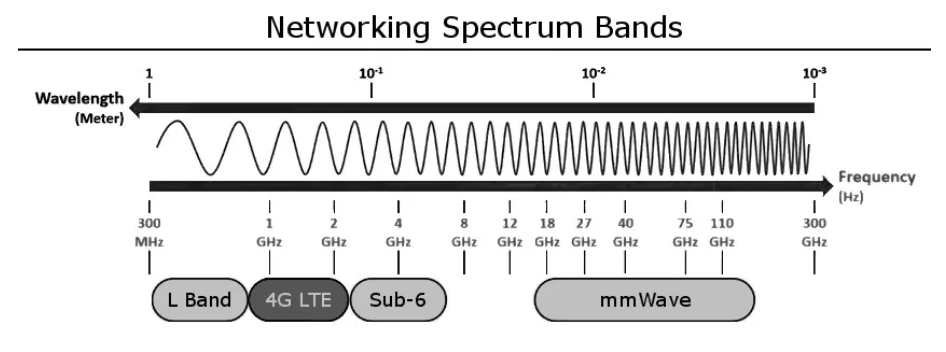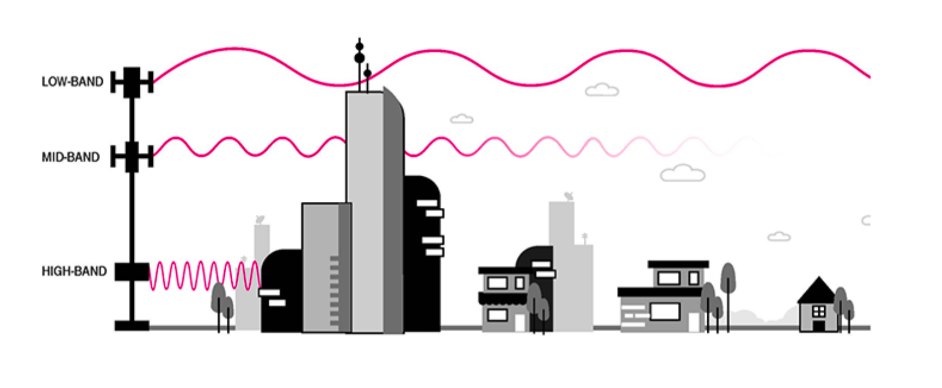
By now, you know that LTE (Long-Term Evolution) technology provides the foundation for mobile broadband and sets the stage for 5G. While most of us probably thought 5G would have taken over by now, it still seems to only slowly be rolling out to more and more locations. In some cases, the 5G service offered is comparable to the 4G LTE service. This is one reason why LTE modems continue to be so prevalent. In this blog, we’re going to explore LTE technology, its various categories, and how it compares to 5G. Throughout our exploration, we hope you’ll gain some insight into whether or not it’s time for you to upgrade from LTE to 5G or simply whether or not you should upgrade to a higher category LTE modem.
Understanding LTE Technology
LTE, commonly referred to as 4G LTE, is a standard for wireless broadband communication for mobile devices and data terminals. Developed by the 3rd Generation Partnership Project (3GPP), LTE aims to increase the capacity and speed of wireless data networks using novel radio interface techniques and core network improvements. LTE technology enhances the user experience by offering higher data rates, reduced latency, and improved connectivity.
4G vs. LTE: Is There a Difference?
While the terms “4G” and “LTE” are often used interchangeably, there are technical distinctions between the two:
- 4G: The fourth generation of mobile network technology, 4G represents a significant leap from its predecessor, 3G. It offers higher data rates, improved capacity, and enhanced efficiency. The International Telecommunication Union (ITU) specifies that 4G networks should provide peak download speeds of 100 Mbps for high-mobility communication (such as from trains and cars) and 1 Gbps for low-mobility communication (such as pedestrians and stationary users).
- LTE: Standing for Long-Term Evolution, LTE is a specific type of 4G technology. While it meets the requirements for 4G as set by the ITU, LTE was initially a stepping stone towards full 4G capabilities. The early versions of LTE, often referred to as “pre-4G” or “3.9G,” did not fully meet the ITU’s 4G specifications. Over time, advancements in LTE technology, such as LTE-Advanced and LTE-Advanced Pro, have achieved and even surpassed the ITU’s criteria for 4G.
In essence, LTE is a path to achieving the full potential of 4G, and it is the most widely implemented 4G technology today. This distinction is important for understanding the evolution of mobile network technology and the improvements brought by successive generations.
LTE Categories: From Cat 1 to Cat 22
LTE devices are categorized based on their performance capabilities, particularly their maximum download and upload speeds. These categories help to differentiate the various performance levels of LTE devices, ranging from basic to highly advanced. Here’s a breakdown of LTE categories from Cat 1 to Cat 22:
- Cat 1: Offers a maximum download speed of 10 Mbps and upload speed of 5 Mbps. It’s suitable for IoT applications with moderate data requirements.
- Cat 2 to Cat 4: These categories offer incremental improvements in speed, with Cat 4 providing up to 150 Mbps download and 50 Mbps upload speeds, commonly used in IoT applications where more bandwidth is required.
- Cat 6: Known as LTE-Advanced, it supports carrier aggregation, offering up to 300 Mbps download and 50 Mbps upload speeds.
- Cat 7: Similar to Cat 6, it provides peak download speeds of up to 300 Mbps, but upload speeds of up to 100 Mbps. This is commonly used for private LTE applications.
- Cat 9 to Cat 12: These categories further enhance speeds, with Cat 12 providing up to 600 Mbps download and 100 Mbps upload speeds.
- Cat 16: Supports up to 1 Gbps download and 150 Mbps upload speeds, integrating advanced features like 4×4 MIMO and higher-order modulation.
- Cat 18: Offers peak download speeds of up to 1.2 Gbps.
- Cat 20: Pushes the limits to 2 Gbps download speeds.
- Cat 22: The highest LTE category, supporting up to 4 Gbps download speeds, using advanced carrier aggregation and modulation techniques.
| LTE Category | Max Download Speed | Max Upload Speed |
| Cat 1 | 10 Mbps | 5 Mbps |
| Cat 3 | 100 Mbps | 50 Mbps |
| Cat 4 | 150 Mbps | 50 Mbps |
| Cat 6 | 300 Mbps | 50 Mbps |
| Cat 7 | 300 Mbps | 100 Mbps |
| Cat 11 | 600 Mbps | 75 Mbps |
| Cat 12 | 600 Mbps | 100 Mbps |
| Cat 16 | 1 Gbps | 150 Mbps |
| Cat 18 | 1.2 Gbps | 300 Mbps |
| Cat 20 | 2 Gbps | 300 Mbps |
| Cat 22 | 4 Gbps | 450 Mbps |
LTE vs. 5G: A Comparative Analysis
As 5G technology continues to roll out globally, it’s essential to understand how it compares to LTE in terms of bandwidth, reliability, and overall performance.
- Speed and Bandwidth: Real-world speeds depend on various factors, including network infrastructure, device capabilities, and spectrum availability.
- LTE: The fastest LTE routers, such as those in the Cat 22 category, offer up to 2.5 Gbps download speeds.
- 5G: Can theoretically provide speeds up to 10 Gbps, making it ideal for applications requiring ultra-fast internet.
- Latency: One of the key advantages of 5G over LTE is latency.
- LTE: Typically experiences latency around 30-50 milliseconds.
- 5G: Aims to reduce latency to as low as 1 millisecond, enabling real-time applications like virtual reality (VR) and autonomous driving.

- Frequency Bands: 5G utilizes a broader range of frequency bands compared to LTE. Interestingly, some 5G deployments utilize existing 4G LTE frequency bands through Dynamic Spectrum Sharing (DSS). This allows operators to allocate bandwidth dynamically between 4G and 5G based on demand, which can result in similar speeds for both technologies in certain bands but with improved efficiency and reduced latency for 5G.
- LTE: Operates primarily in the low to mid-frequency bands, offering good coverage and penetration.
- 5G: Utilizes a broader range of frequencies, providing faster speeds but with varying coverage and penetration capabilities.
- Low-band (Sub-1 GHz): Similar to existing 4G frequencies, offering broad coverage and good indoor penetration.
- Mid-band (1-6 GHz): Balances coverage and capacity, often used in urban areas.
- High-band (mmWave, above 24 GHz): Provides ultra-high speeds and capacity, but with limited coverage and penetration.

- Antenna Connections: A key difference between LTE and 5G routers is the number of cellular antenna connections.
- LTE Routers: Typically use two cellular antenna connections, supporting 2×2 MIMO (Multiple Input Multiple Output).
- 5G Routers: Often utilize four cellular antenna connections, supporting advanced 4×4 MIMO technology for higher data transfer rates and reliability.

Reliability and Coverage
LTE networks are well-established and provide extensive coverage, making them highly reliable. While 5G aims to offer superior performance, its reliability in the early stages can be comparable to LTE, especially in areas where 5G infrastructure is still being developed.

Network Slicing
5G supports network slicing, allowing the creation of multiple virtual networks within a single physical 5G network. Each slice can be customized to support different applications or services, providing enhanced flexibility and efficiency compared to LTE.
Device Compatibility and Upgrade Considerations
Many current devices are not 5G-capable, and upgrading to 5G may require new hardware. Consumers should consider device compatibility and the availability of 5G services in their area before deciding to upgrade.
Backward Compatibility
Most 5G modems are backward compatible with 4G LTE services. This means they can fall back on LTE networks when 5G coverage is unavailable, ensuring continuous connectivity. This feature is particularly important during the transition period as 5G networks are being rolled out.
The Road Ahead
LTE technology has significantly transformed mobile communication, offering robust and high-speed connectivity through its various categories. As we continue the transition to 5G, understanding the interplay between LTE and 5G is important. While 5G promises unprecedented speeds and capabilities, LTE continues to play a vital role, especially with technologies like DSS that bridge the gap between the two generations.
In the coming years, as 5G infrastructure matures, we can expect even greater enhancements in mobile broadband performance, paving the way for innovative applications and services that leverage the full potential of this next-generation technology. For now, LTE remains a reliable and integral part of our digital lives, ensuring seamless connectivity in an increasingly connected world.


